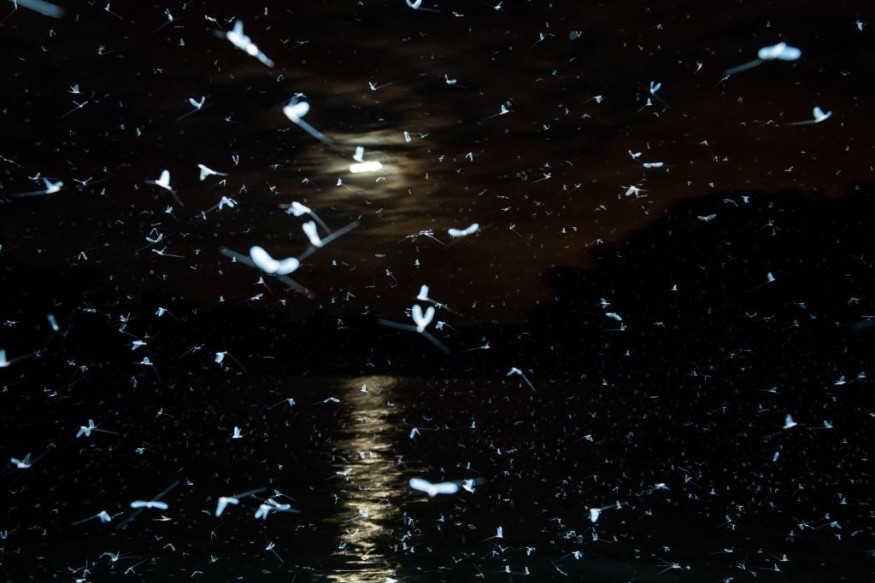
Half a century earlier, the American mathematician Edward Lorentz notably wondered whether such a butterfly flapping its wings in Brazil could cause a tornado in Texas via a chaotic ripple effect.
If he had rather asked if enough insects waggling their wings could keep charging the air with the power of a raging storm, the concern might have been just as famous.
He didn't, however now we know why.
Electrifying the Air with Tiny Wings
A latest research on the effect of flying insects on atmospheric external electric field identified that the flapping of a swarm of tiny wings can irradiate the air in the exact way that roiling clouds of water molecules can start charging the air within a storm.
Tiny ice molecules starting to rise on air sections can collide with large particles plunging it toward the surface during a storm, creating a conveyor of charges that exaggerates prospective contours among both cloud layer, cloud bottoms, as well as the surface below.
A subsequent analysis verified that the voltage was connected to the density of the swarm, enabling the researchers to foresee with relative certainty of how such a specific number of bee colonies buzzing through a specific patch of air could perhaps impact the charge of the atmosphere.
Using personal locust charges and scaling them up to plague-sized digits, the researchers estimated that a substantial locust group could probably create charge densities similar to those seen in electrical storms.
Giles Harrison, an atmospheric scientist at the University of Reading, stated that, Interdisciplinary approach is important here. Electric charge may appear to live exclusively in physics, but it is essential to understand how the entire natural environment should be aware of energy in the atmosphere.
On the other side of the spectrum, that disaster agent of chaos, the butterfly, would need to collaborate in massive numbers to have any chance of modifying the atmosphere's voltage significantly.
Cloud movements, precipitation, and even cosmic ray showers can all influence the magnitude and location of potential gradients, but until now, no one had deemed the effect of biological effects.
When those negatively-charged particles are jostled enough, they can spread from there own positively-charged compartments, resulting in a difference known as a potential gradient.
Insects Carrying Charges
In recent years, researchers found out that it has become clear that insects as well as other invertebrates could indeed carry charges that provide them with a tiny possibility against by the nearby atmosphere.
Despite the apparent lack of lightning, widely differing charge zones can influence the movement of ions, including toxins and dust particles.
Zoom in to see the atoms that make up contaminants, humidity, and insect body tissues zipping across the air above, then you'll notice electrons being jostled around like spare shift in a runner's pocket.
The atmosphere contains a variety of electric charge sources that effect critical functions such as droplet aggregation and dust and aerosol removal.
The variance of the atmospheric electromagnetic field demonstrates this.
While all these electromagnets are recognized to react to physical as well as geological procedures, the influence of biotic charge sources has not been studied.
We merge conceptual and provable evidence to show that honeybee swarms contribute directly to atmospheric electricity in proportion to swarm density, and quantify this finding by making comparisons the electrical contributions of numerous swarming species of insects to prevalent abiotic charge sources.
Related article : 'Supercharged' Hurricanes Rise Significantly in US Atlantic Coast
© 2025 NatureWorldNews.com All rights reserved. Do not reproduce without permission.





